World Press Photo 2024: from war to butterflies
The annual World Press Photo exhibition has returned to campus. From September 3 to 24, the global winners will be on display in the Atlas Building. Liza Gloudemans, involved in the organization of the exhibition, shares her favorite works from this year's edition.
This is the fifteenth time the exhibition is on display on the TU/e campus. It used to be held in Vertigo, but for the past few years, it has been hosted in Atlas. As in previous years, this year’s exhibition is organized by Studium Generale. Liza Gloudemans, program manager at Studium Generale, has already had the pleasure of admiring the exhibition and now shares her favorite works with Cursor.
1) War is Personal
“My favorite is titled ‘War is Personal’,” Gloudemans begins. This artwork by Julia Kochetova may not be what you expect to see in a photography competition. Instead of a “pure” photograph, it’s a collage of multiple photographs mixed with drawings and short poems. “Nowadays, World Press Photo also has a category called ‘Open Format’, to give recognition to photographers who work with multimedia forms,” Gloudemans explains.
For this project, Kochetova, who is Ukrainian herself, documented the impact of the war in Ukraine. “While news media update their audience with statistics and maps and international attention drifts elsewhere, the daily experience of Ukrainians living through the war is hard to comprehend for people outside the country,” reads the description of the artwork on the World Press Photo website. “Every day, we’re confronted with terrible images of wars and disasters, and read statistics on numbers of deaths, leaving us numb to all the suffering we see,” Gloudemans adds. “This work tries to bring back the personal aspect. These are not statistics, they’re people.”
“War is Personal” can also be viewed digitally by visiting the followinginteractive website.
2) Saving the Monarchs
Gloudemans’ second favorite is called “Saving the Monarchs”. “This one stuck with me because it’s such a positive story,” she says. “Saving the Monarchs” is a series of multiple photos (see also main photo) taken by Jaime Rojo, featuring the monarch butterfly.
This migratory butterfly – which migrates between Mexico, the United States and Canada – has seen its population decline by more than eighty percent since the 1990s. “This is mainly because the natural habitats of this butterfly are gradually disappearing, for example through deforestation,” explains Gloudemans. “This is why a large-scale project was launched in which Mexico, the United States and Canada work together to restore the monarch butterfly’s habitat, which can be seen in the photos.”
3) No Man’s Land
“No Man’s Land” is the third and final work in Gloudemans’ top three. It tells the story of the coal mining activities in the North Rhine-Westphalia region of Germany. Since the late 1940s, around 50 villages in this state have been destroyed by excavations for coal mines, according to the World Press Photo website. “Residents are simply bought out and forced to leave,” Gloudemans adds.
In 2012, a large group of protesters took action to block the planned excavation of six villages and forest areas. They settled in the abandoned houses of villages that had already been evacuated, built and lived in tree houses in adjacent forest areas and chained themselves to construction sites. “The photographer (Daniel Chatard, Ed.) followed the protesters and the local communities that were forced to relocate.”
The exhibition is free to visit from Tuesday, September 3 to Tuesday, September 24; on weekdays from 8 AM to 6 PM and on Saturdays from 12 PM to 5 PM. The exhibition is closed on Sundays. Free guided tours can also be booked through the Studium Generale website.
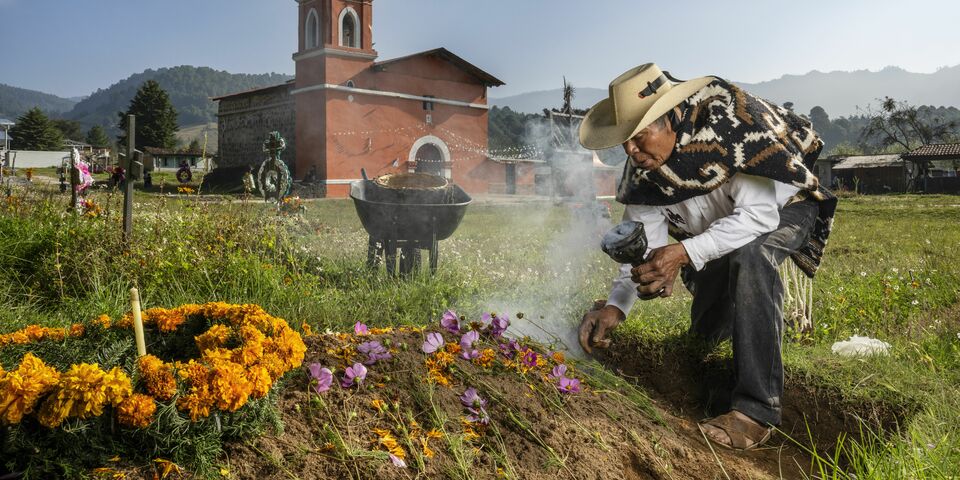

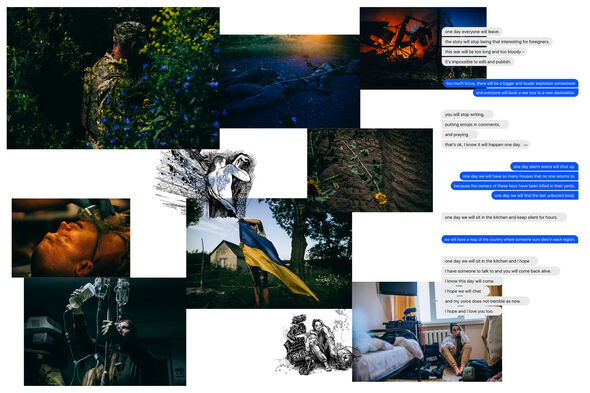
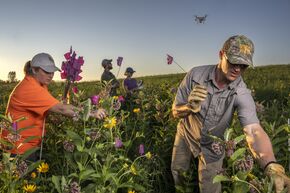
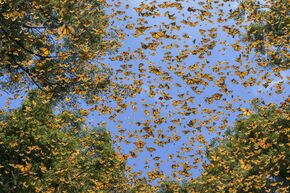
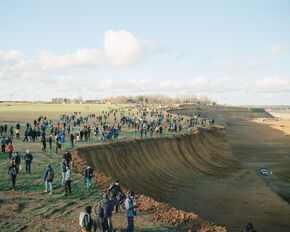
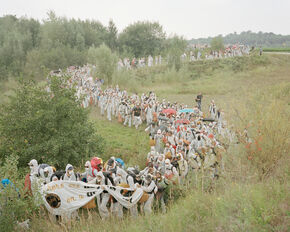
Discussion